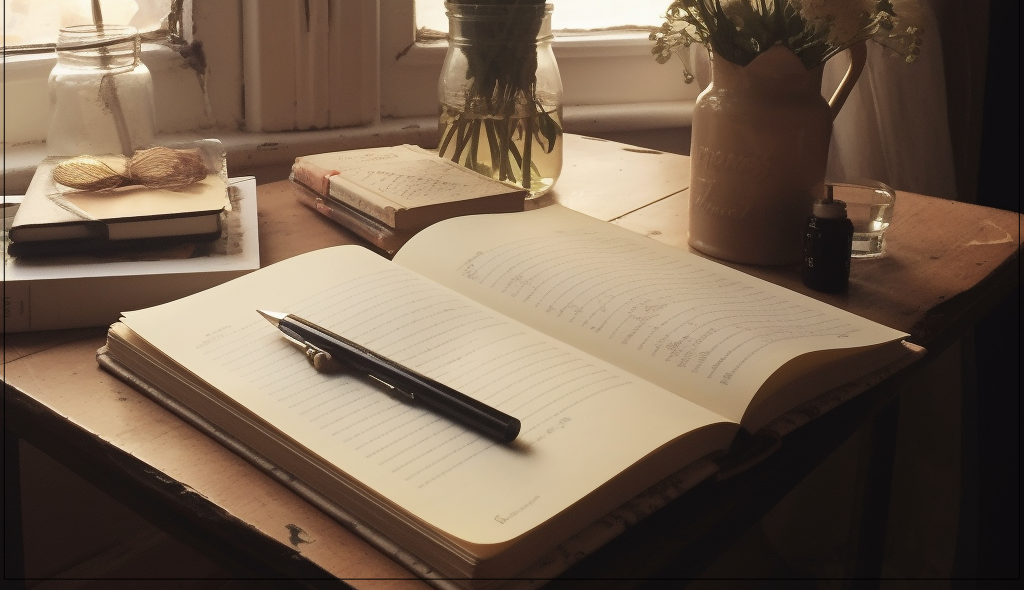
Stop Multitasking using interstitial Journaling
Multitasking is one of those bad habits where you know it is bad for you, but you just can’t stop doing it. I, like many people, have struggled with the temptation to multitask and have suffered as a result.
When you try to multitask and switch from one task to another, your brain has to constantly adjust to new contexts, even if the tasks are small. This adjustment process takes time and effort, which can add up to lost productivity. A study published in the International Journal of Information Management in 2003 revealed that it takes about 64 seconds to get back into the previous task after checking your email – something that all of us knowledge workers do multiple times a day. Multitasking and context switching can be mentally draining, disrupt deep work, and essentially is a form of distraction.
For many years, I have tried different techniques to keep me on track throughout the day to no avail. For me, the only thing that really worked for me and has stopped me from multitasking and being on track throughout the day has been the habit of interstitial journalling.
What is Interstitial Journaling?
Interstitial Journaling is a technique that helps manage your time, boosts productivity, and promotes mindfulness as you tackle your list of to-dos throughout the day. While the term “interstitial” sounds fancy, the fundamental idea of the method is surprisingly simple and involves recording thoughts, tasks, and ideas between tasks or activities throughout the day.
It provides a simple platform for reflection, planning, and being mindful of your actions and thoughts throughout the day. The simple process of logging means that you have to pause, reflect and journal what you have done and are about to do. This momentary pause and reflection is a powerful tool to stop you from constantly switching from task to task.
Here is an example of what my typical journal looks like throughout the day
– 9:00AM: Morning meditation
– Felt a sense of gratitude (beautiful weather!)
– 9:11: Morning reading
– Read a great article on daily meditation.
– 9:30: Email processing
– No more checking email until 2PM in the afternoon
– 10:15: Prepare customer presentation
– 12:00: Lunch
How can Interstitial Journaling Prevent Multitasking?
Interstitial Journaling fosters a healthy habit of taking deliberate breaks to reflect and be more mindful about moving on to the next task (especially before you have completed the last one!). Before moving on to the next task, you pause to reflect on your just-completed task and how it made you feel, and then decide on your next action. This practice sharpens your focus on a single task at a time and curbs the temptation to multitask. This 'breathing space' also provides an opportunity to decide whether it's necessary to tackle the next task at all or if it can be deferred or deleted altogether.
It works because you need to be intentional in terms of your commitment to stick to the current tasks until completion. The sheet act of writing a journal entry for a task turns out to be the key that unlocks my mental focus.
Cultivating Mindfulness with Interstitial Journaling
Beyond productivity, interstitial journaling is also a robust tool for cultivating mindfulness. Pausing to jot down notes between tasks helps you draw attention back to the present moment. You become more attuned to your current feelings, thoughts, and the outcome of your work. This habit nurtures mindfulness, which is the practice of being wholly present and engaged in the current moment.
The simple act of pausing to write brings a sense of calm and clarity that can be deeply rejuvenating. It can aid in reducing stress and anxiety levels as you consciously take time to reflect and process instead of rushing from one task to the next.
Getting Started with Interstitial Journaling
Starting with interstitial journaling is straightforward. You don't need a fancy journal or a specialized app. A basic notepad, a digital document, or a note-taking app will suffice. The critical aspect is to be consistent and make it a habitual practice.
Having said that, sticking with interstitial journaling can be difficult in the beginning and requires a high degree of discipline. I often rush to the first task in the morning (or the next task during the day) without the extra step of making a journal entry, and those days are often not the most productive days.
So, before starting a new task: document what you're about to do, why it's important, and your expected outcome. This prepares your mind for the task at hand, establishing a clear intent. Upon completion of a task: write down what you did, how it went, and how you feel upon its completion. This practice aids in mentally closing off the task.
If, like me, you have tried everything to stop you from multitasking throughout the day, then interstitial journaling may be the answer for you. It is a simple and practical, potent technique to stay focused, curb multitasking, and nurture mindfulness. By incorporating this into your daily routine, you can enhance your productivity, reduce stress, and cultivate a more mindful and balanced approach to work and life.
FelixLiao.com Newsletter
Join the newsletter to receive the latest updates in your inbox.
